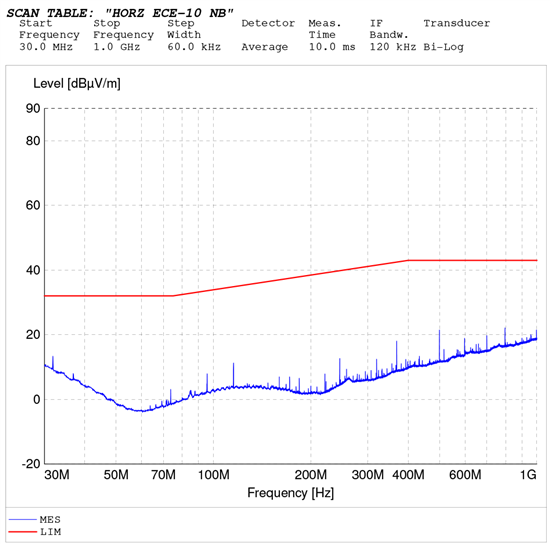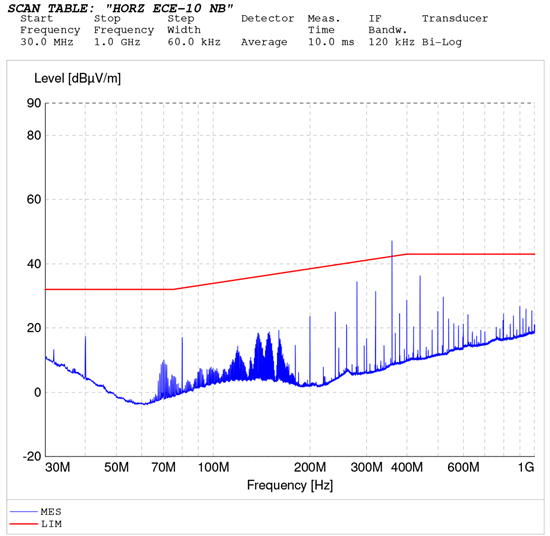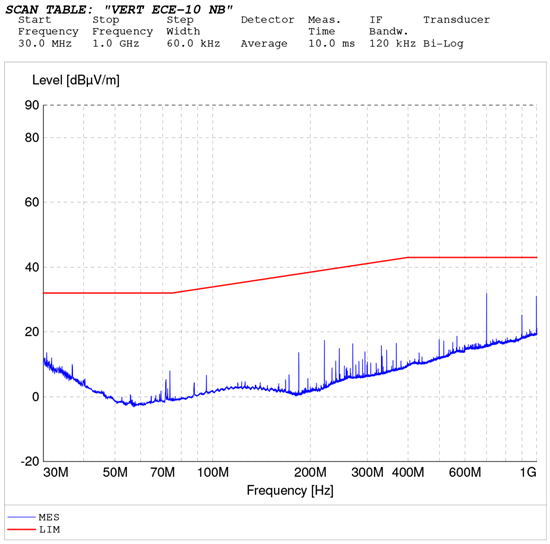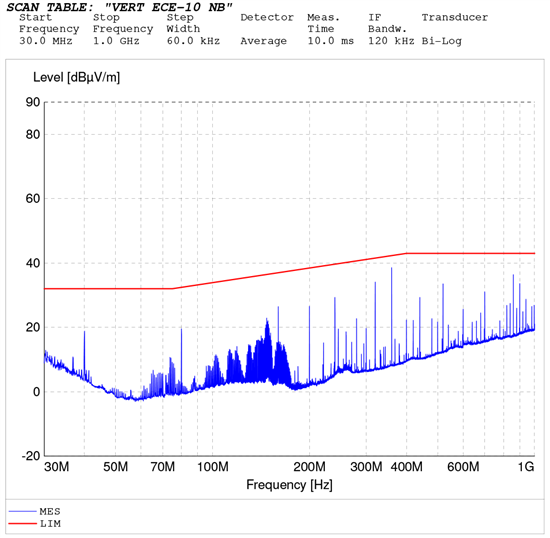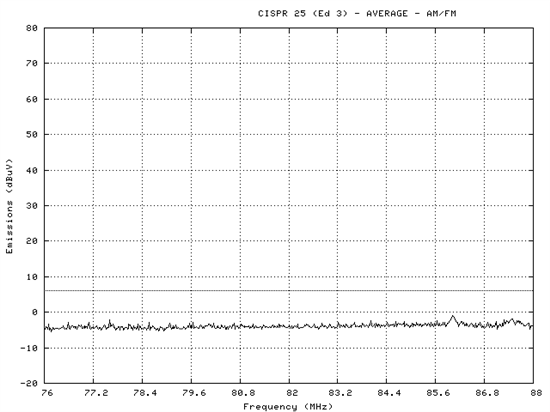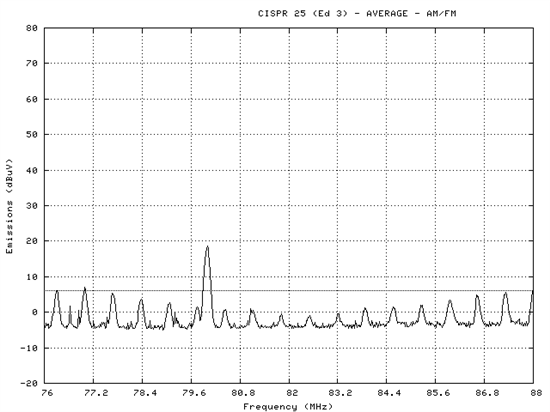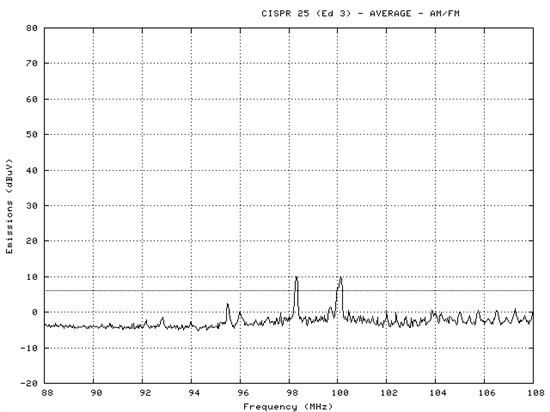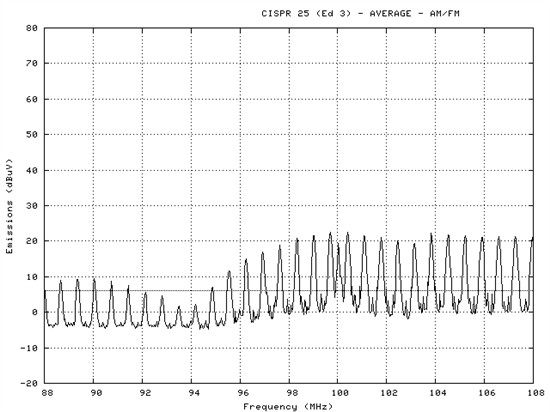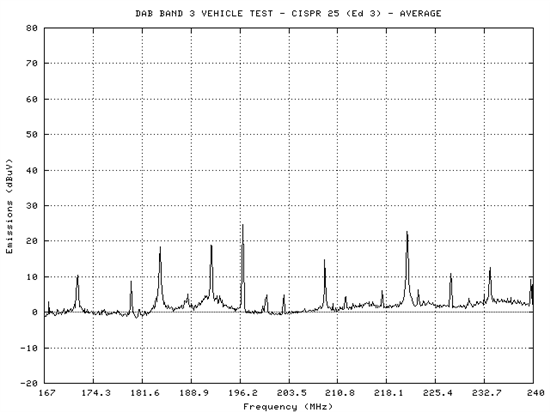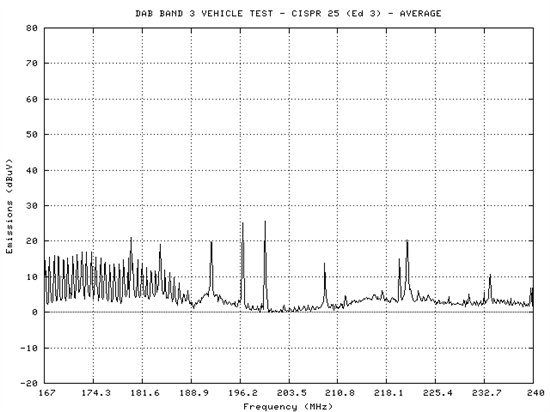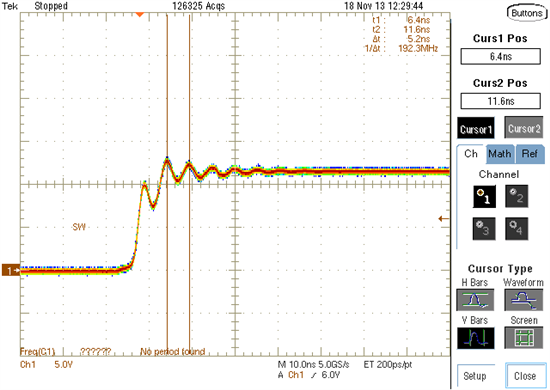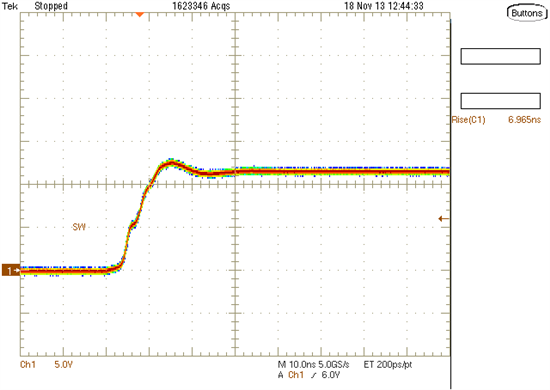We are using the following circuit with the TPS54040ADGQR and it is working well for us:
The inductor is TDK VLCF4028T-150MR88-2, and the diode is ON Semi MBRA340T3G; output capacitor is a standard X5R 0805 22uF, and input capacitor is a standard X5R 1206 10uF. Target frequency is 700kHz.
This works fine with our GPS and other sensitive circuits, however we are having EMC compliance issues.
Here are the ECE Horizontal base/active plots:
Here are the ECE Vertical base/active plots:
We are also seeing quite a bit of noise in the VHF low range (base/active):
And the VHF high range (base/active):
Finally, we are seeing some increase in baseline noise in the 167-240 MHz range (base/active):
Does anyone have any suggestions regarding how to improve this situation? The magnitude of the effect seems to be somewhat proportional to the output current. Assuming I'm trying to change/add as few parts as possible, should I be looking for a different inductor, or some low-value capacitors, or adjusting the switching frequency? Thanks for any input!


